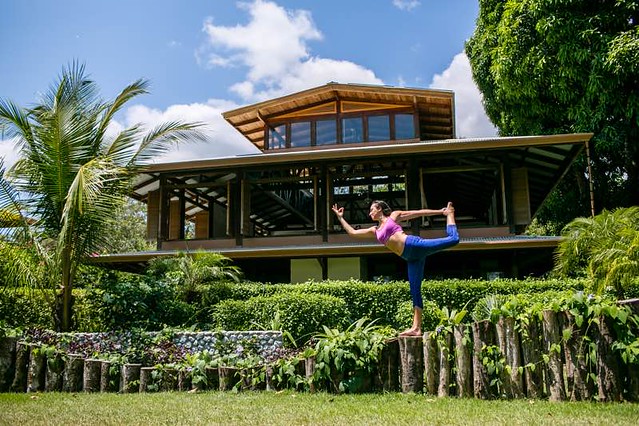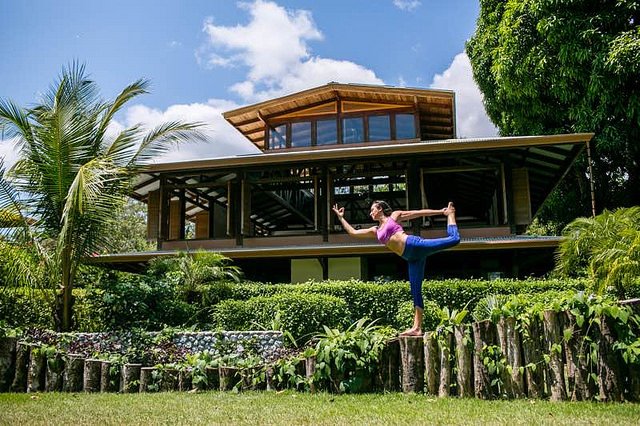We all have goals we would like to achieve, some of us want them more than others, but it can get tricky sometimes to find ways to make them come true.
It can be easy for most of us to give up on our goals. But when we do give up, we can get mad at ourselves for not completing them and we forget about it and the cycle repeats all over again.

Completing goals can give us a sense of achievement, confidence and motivation. A way to believe in ourselves and wanting to create more in our life. It can give us pride, helping us to feel more proud of ourselves and increasing self-esteem in positive ways.
Is willpower the secret you’re missing to completing your goals?
With self-control, and with practice willpower can definitely be strengthened. It’s the secret ingredient to completing our short-term and our long-term goals. Think of it as your cherry on top of your vanilla ice-cream.
Leaving behind negative habits can also be done with willpower, with enough self-discipline and self-control. I understand that it can get hard, how can you say no to leaving chocolate to complete your body image goals? Or how can you stop procrastinating with your school assignments to start getting better grades? But with enough self-discipline and practice, these next 5 steps will help you achieve your goals once and for all.
Willpower plays a major role in completing your goals, but some use it more than others. All you need is to get that fire back up. That fire that we all have.
Here are the 5 steps to complete your goals, remember that it’s a journey to enjoy and discover.
1. Organizing your goals
Having a clear understanding of your short-term and long-term goals will help you achieve them faster. It helps you see the clear picture by giving you clarity of what it is that you need to focus on. The first step is to make a list of your long-term goals. (Meaning goals that can be achieved in a longer time, in a month, year.) Once you’re done with this list, place it somewhere you can see it daily. You don’t have to focus on this list all the time, but it’s good to make sure you’re on track with what you want.
The second step is to now make a list of short-term goals. (These are goals that you can achieve in a shorter time, in days, weeks.) These are the goals that you’ll be looking at daily, so it’s a good idea to also place this list somewhere you can see all the time. When writing out this list, make sure to identify each goal clearly in detail. Imagine as if you’re explaining them to someone who’s never heard it before.
For example, long-term goal: to get more fit and toned. Short-term goal: Doing yoga in the morning and cardio in the afternoon during the weekdays.
2. Action steps
Now that you’re clear with your short-term goals, the next step is to take action. Taking the example I gave above can give you an understanding of how to take action. Something important about this step is that you don’t have to spend all day trying to figure out how to do it. Instead, taking at least 10 minutes a day to do it can help you get closer. Slowly, but in time, you will get closer each day.
A cool tip: make a to-do list! Write it clear and organize it well. Add during your week how you can take action every day and once you have completed it, you can write a check mark next to it.
3. Smile
Most of us can get caught up in doing it ‘perfectly’ when there’s no way to do everything perfectly. Remember that there are a lot of definitions for that word, what definition are you standing up to? If you don’t do one of your action steps one a day, it’s okay. It’s another day the next morning and you can continue. Enjoy the journey through the process, instead of thinking the destination is the only part to enjoy.
4. Visualization
Visualization can be powerful, it helps us to remember what it is we are trying to achieve. By visualizing yourself, you can see that even just in your imagination, it’s achievable. You may have different results than what you imagined to have, but at least for a moment you can see yourself completing something you dreamed of. Take at least 10 minutes daily to visualize it all coming together for you.
5. Keep it personal
While telling your goals to others can help you feel more proud, it can give you less motivation into completing the actual work. There have been some studies done that suggest saying your goals is as if you’re tricking your brain into thinking it already has been done. Which is also another way to have less motivation to complete your goals. Last, some people will try to argue with your goals, and this can have a negative impact when you once felt so positive about them.

Trying new habits can be hard and that is because most of us don’t want to leave something that we are so used to. If you don’t complete all your goals, it’s okay. Allow yourself to also be open and flexible to other plans that come your way, but as long as you’re trying, habits can start changing.
“Without goals, and plans to reach them, you are like a ship that has set sail with no destination.” — Fitzhugh Dodson
About The Author
 Born in Colombia, raised in Florida with a mind full of curiosity on spirituality and how to make the world a better place. Nicole has been practicing yoga since she was 16 years old, ever since she’s wanted to expand her yoga practice which has turned into her ultimate passion. She went to Costa Rica where her practice got more deep and now being a certified yoga instructor, still in Costa Rica, as a writer/blogger and finishing her studies on holistic health. Growing up in a household and group of friends full of support and love is what has allowed her to achieve her dreams and to continue to be where she currently is. Expressing her passions with yoga, writing, health and nature through social media wanting to spread her passion through out the world, one picture and one message at a time. (IG: @nicoletovz)(FB: Nicole Tovar)
Born in Colombia, raised in Florida with a mind full of curiosity on spirituality and how to make the world a better place. Nicole has been practicing yoga since she was 16 years old, ever since she’s wanted to expand her yoga practice which has turned into her ultimate passion. She went to Costa Rica where her practice got more deep and now being a certified yoga instructor, still in Costa Rica, as a writer/blogger and finishing her studies on holistic health. Growing up in a household and group of friends full of support and love is what has allowed her to achieve her dreams and to continue to be where she currently is. Expressing her passions with yoga, writing, health and nature through social media wanting to spread her passion through out the world, one picture and one message at a time. (IG: @nicoletovz)(FB: Nicole Tovar)







